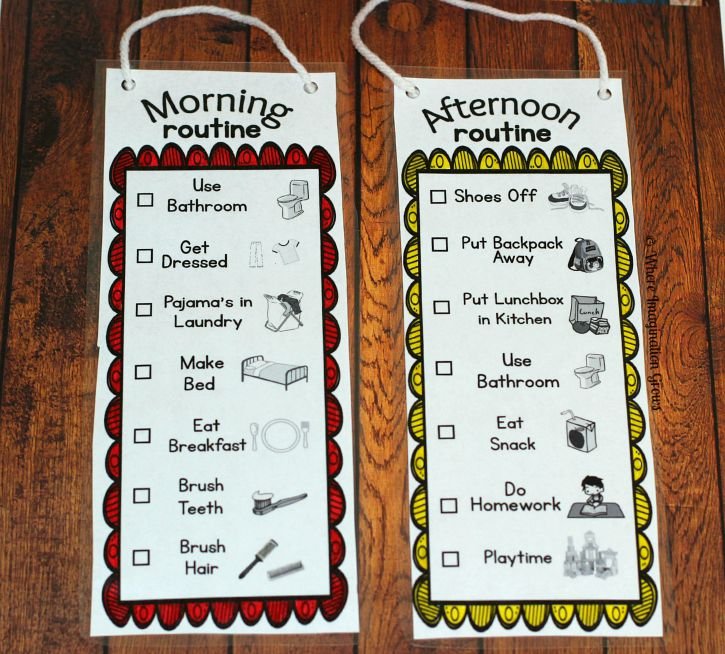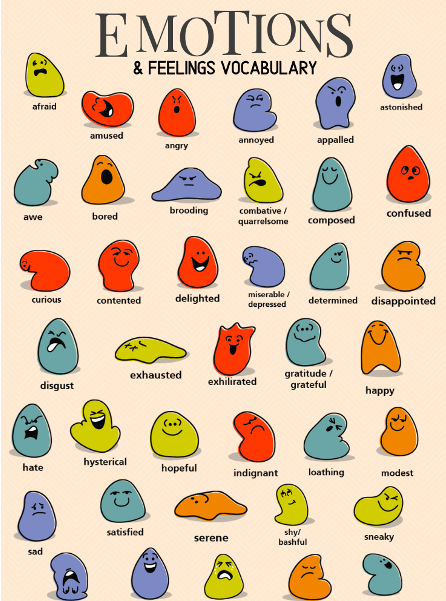by Tiffany Garnett MACP, LMHCA
4 key pieces to ease the transition from summer to school.
1. Create Routines
Routines and predictability can ease the brain’s fear of the unknown. The human brain is designed to pause when it experiences new sensory data and attempt to predict what to expect. Often those predictions include negative experiences and feelings that have not been integrated. The best way of bypassing this natural tendency is to make the unknown known. This can be done by using calendars or schedules, taking school tours, meeting teachers or other staff. The more predictable and consistent the routine is, the less dysregulation will be felt.
Action Item: Create a daily/weekly schedule together allowing time to talk about what areas are creating stress and talk through things that feel mysterious or scary. Involving kids directly in this process allows more buy-in and acceptance of the routine.
2. Create Safety
Keeping it safe requires both physical and emotional safety. Most caretakers are very aware of keeping kids physically safe, but emotional safety can often feel like a foreign language. Be curious about what feels unsafe to your child. Threat and resiliency levels are different for every person; don’t assume you know how their world feels. Create a safe place to share any and all feelings. Not all behaviors are acceptable, but all feelings need to be acceptable.
Action Item- set aside a time each week to learn a new emotion. How does it feel to be delighted, preoccupied or frantic? Allow yourself to learn alongside your child.
3. Create Regulation
Even positive excitement of new grades, new friends and maybe even a new school can quickly turn into anxiety and overwhelm. Have some regulation tools up your sleeve to offer as ideas when kids are feeling dysregulated. Often, kids know exactly what they need to do to regulate themselves, they just need the freedom to do so in a socially acceptable way. Don’t be afraid to join in and normalize self-regulation.
Some common examples:
● Spinning or swinging
● Doodling
● Using fidget toys
● Listening to music
● Hanging upside down
● Eat something crunchy
● Do push ups or carry something heavy
Action Item - Share some of these regulation ideas with your kid and try out a few together, or ask your therapist for more ideas. What feels good? What feels awkward? We are all different and have different needs and that is OK! Make a list of your (and your child’s) favorites to pull out when things get difficult.
4. Create Congruence
Kids will do what you do, not what you say. If you are running around with a chaotic schedule, feeling dysregulated and full of anxiety - that is what your kids will see as normal and acceptable. Take the time to make sure your needs are met, you are regulated and your routines are as predictable and consistent as possible. Setting aside 30 minutes for self-care can change not just your day, but the trajectory of your whole family.
Action Item - Make a list of what self-care is for you. Dedicate 30 minutes per day for a week and talk about it. Self-care is something to be celebrated, not hidden. Make sure your family knows you are taking care of yourself just as you wish to take care of them. A small investment in yourself creates huge returns in everyone you love.






